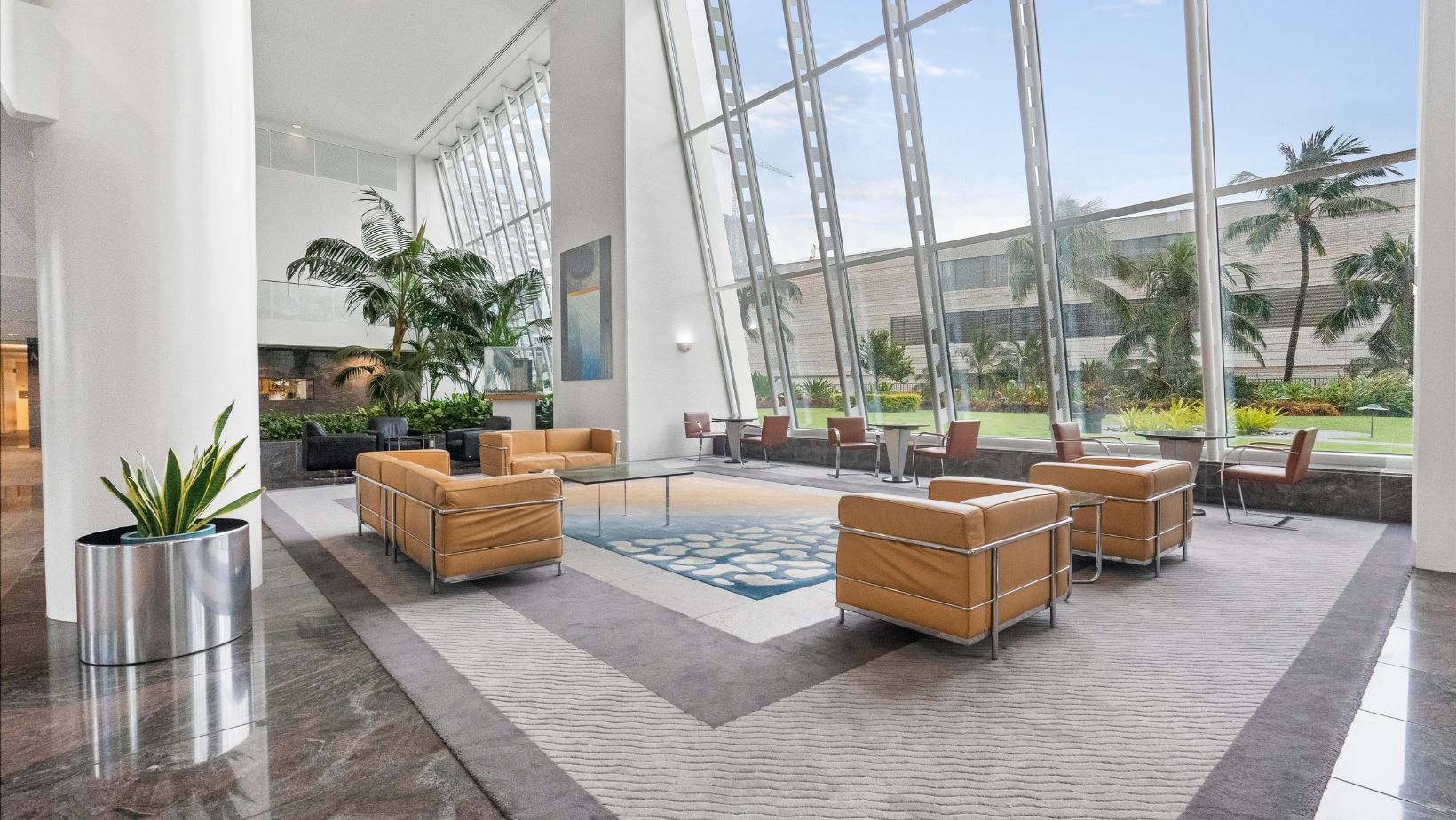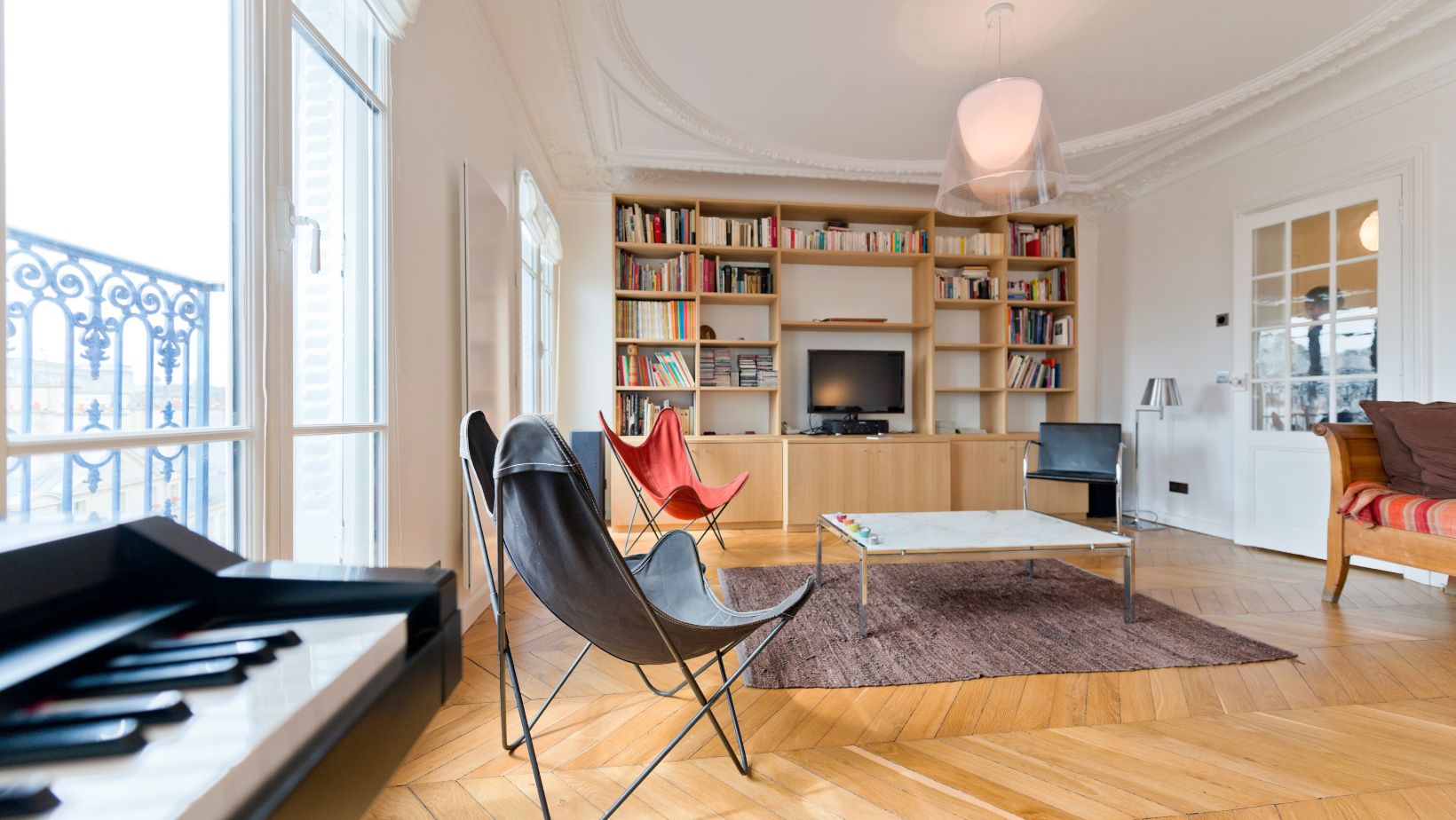Victorian coving, also known as cornice molding, is a decorative architectural element that adds elegance and historical charm to any interior space. Originating from the Victorian era, these ornate designs feature intricate patterns and shapes that can enhance the aesthetic appeal of a room.
Incorporating Victorian coving into modern interior design can create a unique blend of classic and contemporary styles. Here are some creative ways to use Victorian coving in your interior design projects.
Enhance Ceiling Aesthetics
One of the most traditional and effective ways to use Victorian coving is to enhance the ceiling. Coving draws the eye upward, emphasizing the height of the room and adding a touch of grandeur.
Tips for Ceiling Use:
- Contrast Colors: Paint the coving in a contrasting color to the ceiling and walls to make it stand out.
- Extended Designs: Pair coving with ceiling roses or medallions for a more elaborate look.
- Lighting Effects: Use coving to hide indirect lighting, creating a soft glow that highlights the architectural details.
Frame Doors and Windows
Victorian coving can be used to frame doors and windows, adding a refined touch to these structural elements. This application can make doorways and windows appear more prominent and elegant.
Tips for Framing:
- Complementary Trim: Choose coving designs that complement the existing trim and moldings.
- Symmetry: Ensure symmetrical installation around doors and windows for a balanced look.
- Accent Colors: Paint the coving in an accent color that contrasts with the walls and trim.
Create Accent Walls
Using Victorian coving to create accent walls can add depth and character to a room. This technique works well in living rooms, dining rooms, and bedrooms, providing a focal point that draws attention.
Tips for Accent Walls:
- Pattern Combinations: Combine coving with wainscoting or paneling to create a multi-dimensional look.
- Textured Paint: Use textured paint or wallpaper within the coving frame to enhance the visual impact.
- Gallery Displays: Use the framed area to display artwork or photographs, enhancing the overall aesthetic.
Highlight Fireplaces
Fireplaces often serve as the centerpiece of a room. Using Victorian coving to frame the fireplace can enhance its visual appeal and create a more cohesive design.
Tips for Fireplaces:
- Bold Designs: Choose bold coving designs that match the grandeur of the fireplace.
- Mantel Integration: Integrate the coving with the mantelpiece for a seamless look.
- Decorative Overmantels: Consider adding an overmantel with coving to extend the decorative element upwards.
Divide Open Spaces
In open-plan living areas, Victorian coving can be used to subtly divide spaces without the need for walls. This approach maintains the open feel while adding architectural interest.
Tips for Dividing Spaces:
- Visual Boundaries: Use coving to create visual boundaries between living, dining, and kitchen areas.
- Consistent Design: Maintain a consistent coving design throughout the space for a unified look.
- Ceiling Transitions: Use coving to transition between different ceiling heights or designs in open-plan areas.
Enhance Hallways and Corridors
Hallways and corridors often lack decorative elements. Adding Victorian coving can transform these transitional spaces into areas of interest.
Tips for Hallways:
- Continuous Lines: Install coving along the entire length of the hallway to create a sense of flow.
- Narrow Spaces: Use thinner coving designs to avoid overwhelming narrow hallways.
- Mirrored Effects: Place mirrors within coving frames to enhance light and create the illusion of a larger space.
Incorporate Into Staircases
Staircases offer a unique opportunity to showcase Victorian coving. This can enhance the vertical lines and add elegance to an often-overlooked area.
Tips for Staircases:
- Curved Coving: Use flexible coving to follow the curve of the staircase for a cohesive look.
- Highlight Railings: Frame the staircase railings with coving to add detail and interest.
- Lighting: Integrate lighting within the coving to illuminate the staircase and highlight the design.
Combine with Modern Elements
For a contemporary twist, combine Victorian coving with modern design elements. This blend of styles can create a unique and dynamic interior.
Tips for Modern Integration:
- Minimalist Approach: Use coving sparingly in a minimalist setting to add subtle elegance.
- Modern Materials: Pair traditional coving with modern materials like glass, metal, or concrete.
- Contrasting Textures: Use coving with smooth, sleek surfaces to create a striking contrast.
Decorate Kitchens and Bathrooms
While kitchens and bathrooms are often overlooked for decorative moldings, Victorian coving can add a touch of sophistication to these functional spaces.
Tips for Kitchens:
- Cabinet Tops: Install coving along the tops of kitchen cabinets to create a cohesive design.
- Ceiling Accents: Use coving to frame the ceiling, especially above islands or dining areas.
Tips for Bathrooms:
- Mirror Frames: Frame bathroom mirrors with coving for a luxurious look.
- Ceiling Borders: Add coving to the ceiling edges to enhance the overall design.
Personalize Bedrooms
In bedrooms, Victorian coving can create a serene and elegant atmosphere. It can be used to frame the bed, enhance the ceiling, or highlight architectural features.
Tips for Bedrooms:
- Bed Frames: Use coving to create a decorative frame above the bed, acting as a focal point.
- Ceiling Designs: Add coving to create a coffered ceiling effect for a touch of luxury.
- Integrated Lighting: Combine coving with indirect lighting to create a cozy and inviting ambiance.
Enhancing Interior Design with Victorian Coving
Victorian coving offers a versatile and elegant solution for enhancing various aspects of interior design. Whether you aim to preserve historical charm or blend classic and modern styles, coving can add depth, character, and sophistication to any room.
By considering the specific features and functions of each space, you can creatively incorporate Victorian coving to achieve a unique and aesthetically pleasing design. With careful planning and attention to detail, these decorative elements can transform your home, creating timeless beauty and elegance.

























